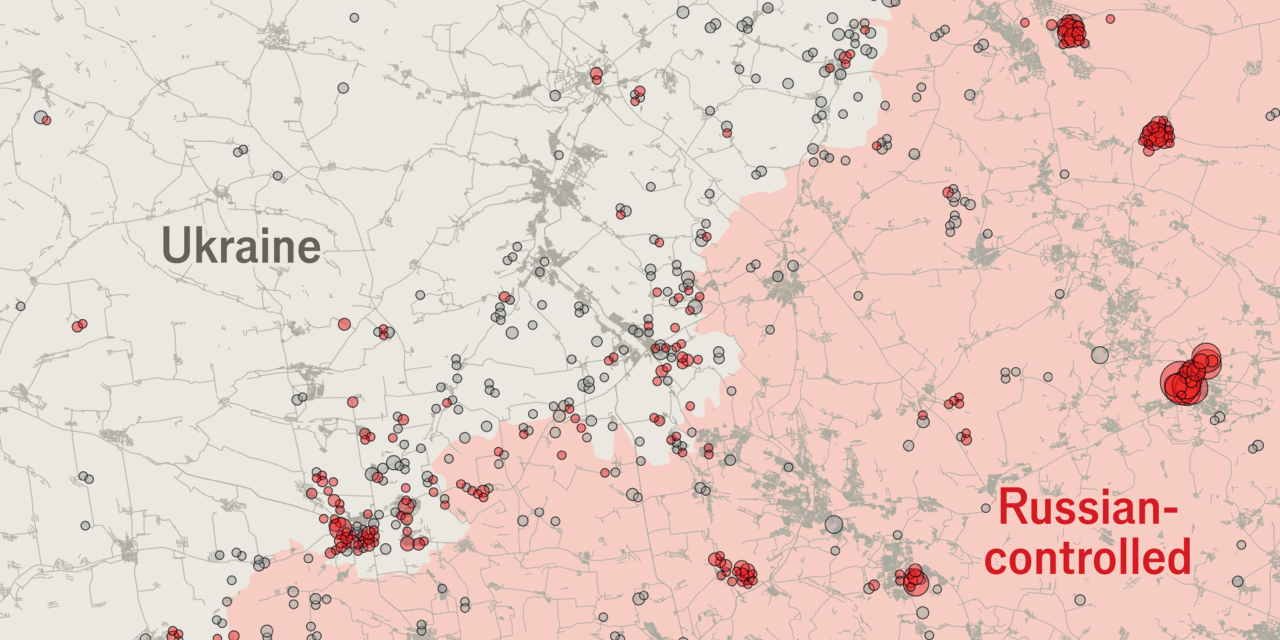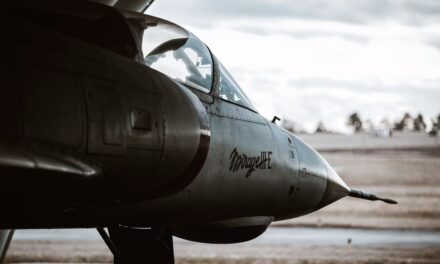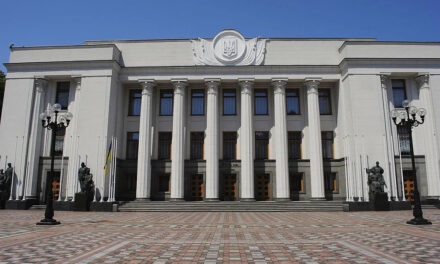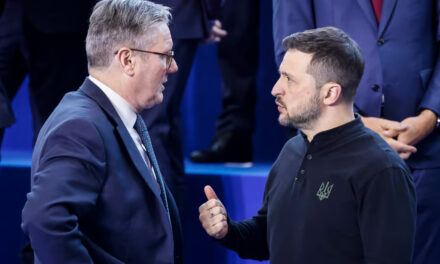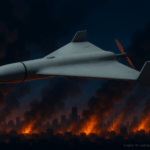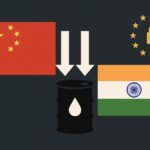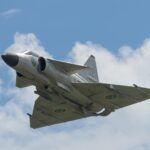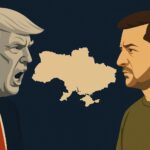Russia’s much-touted summer offensive in Ukraine is already sputtering, according to late-June reporting, with the surge in attack numbers failing to produce operational breakthroughs. After weeks of intensified strikes and ground assaults across multiple axes—from the northern approaches near Sumy and Kharkiv to hard-fought sectors of Donetsk and the Dnipro arc—the campaign’s tempo has yielded only marginal gains. Ukrainian commander Oleksandr Syrskyi described the wave of pushes as “fizzling out,” while independent coverage noted that June’s tally of Russian offensive actions could set a new high without delivering commensurate results. Field accounts highlighted that pressure around key nodes such as Kostyantynivka has not opened the door toward larger urban bastions like Kramatorsk and Sloviansk, underscoring a pattern of high volume but low impact. telegraph.co.ukyahoo.comKyiv Postenglish.nv.ua
Analysts point to attrition, training gaps, and brittle logistics as the central reasons the offensive has bled momentum. As Russia leans on manpower-heavy tactics, battlefield observers at the Royal United Services Institute say Moscow is in a “tricky position” given the losses it is taking; separate analysis indicates this summer campaign may be the most expensive in personnel terms since the full-scale invasion began. Even where Russia has eked out localized advances or captured tactically useful points, those steps have not translated into the kind of combined-arms exploitation needed for a deeper breakthrough. The result is a grinding operational picture: more assaults, more casualties, little strategic movement. RusiThe Kyiv Independent
This does not mean the fighting is abating. Russia continues probing along the line, and skirmishes persist near Kupyansk, Novopavlivka, and other contested sectors. But the broader pattern described in late June suggests that, absent an infusion of new, better-trained units and a fix to logistics and command shortcomings, Moscow is unlikely to force a decisive breach. For Ukraine, that buys time to strengthen layered defenses, expand domestic strike and drone production, and prioritize attrition of Russian formations over terrain at unfavorable cost. In effect, the offensive’s stall turns the summer into another test of industrial stamina and adaptation, with the initiative hinging less on daily assault counts and more on who can translate limited gains into sustainable operational leverage.

